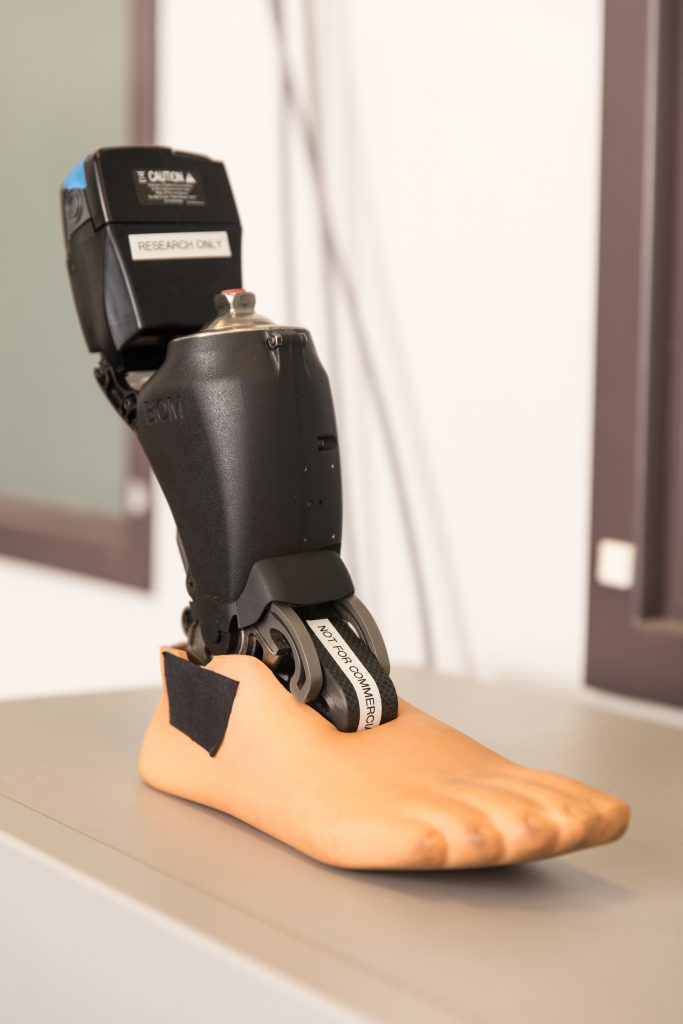Members of the Northern Arizona University and Flagstaff communities are invited to a ribbon cutting for the state-of-art Human Performance Lab.
WHAT:
The Human Performance Lab is part of Northern Arizona University’s Center for Bioengineering Innovation (CBI). The lab is a state-of-the-art biomechanics facility with motion capture systems, force plate embedded treadmills for measuring ground reaction forces and systems to measure muscle activation and energy consumption.
Professors Kiisa Nishikawa, Zachary Lerner and Tarang Jain will discuss how they will use the lab for their research and attendees can see a demonstration of the system using local dancer.
WHEN:
2:45 pm. Jan. 25
WHERE:
Human Performance Lab, Building 61, 115 E. McConnell Drive
WHO:
Nishikawa, a professor of biology and director of CBI, works with powered lower limb prostheses. Her lab produced a new theory for how muscle force is produced and developed software to control the prosthesis, called the BiOM T2. Their current research is studying whether the software gives users more agility, balance and stability compared to what is commercially available.
Lerner’s Biomechatronics Lab designs exoskeletons for children with cerebral palsy. The goal of their research is to improve mobility and function for people who have cerebral palsy and other neuromuscular and musculoskeletal disabilities through models and simulations, then using those mechanisms to create actual devices to help people walk safely and comfortably.
Jain, a physical therapy professor, focuses on the identification and treatment of neuromuscular impairments (such as cerebral palsy, stroke, Parkinson’s disease) for the purposes of improving rehabilitation outcomes. His team will use the Human Performance Lab to study the relationship between lower extremity structure, mechanics and musculoskeletal injury in runners and explore ways to retrain faulty gait patterns associated with these conditions with the use of real-time feedback.



